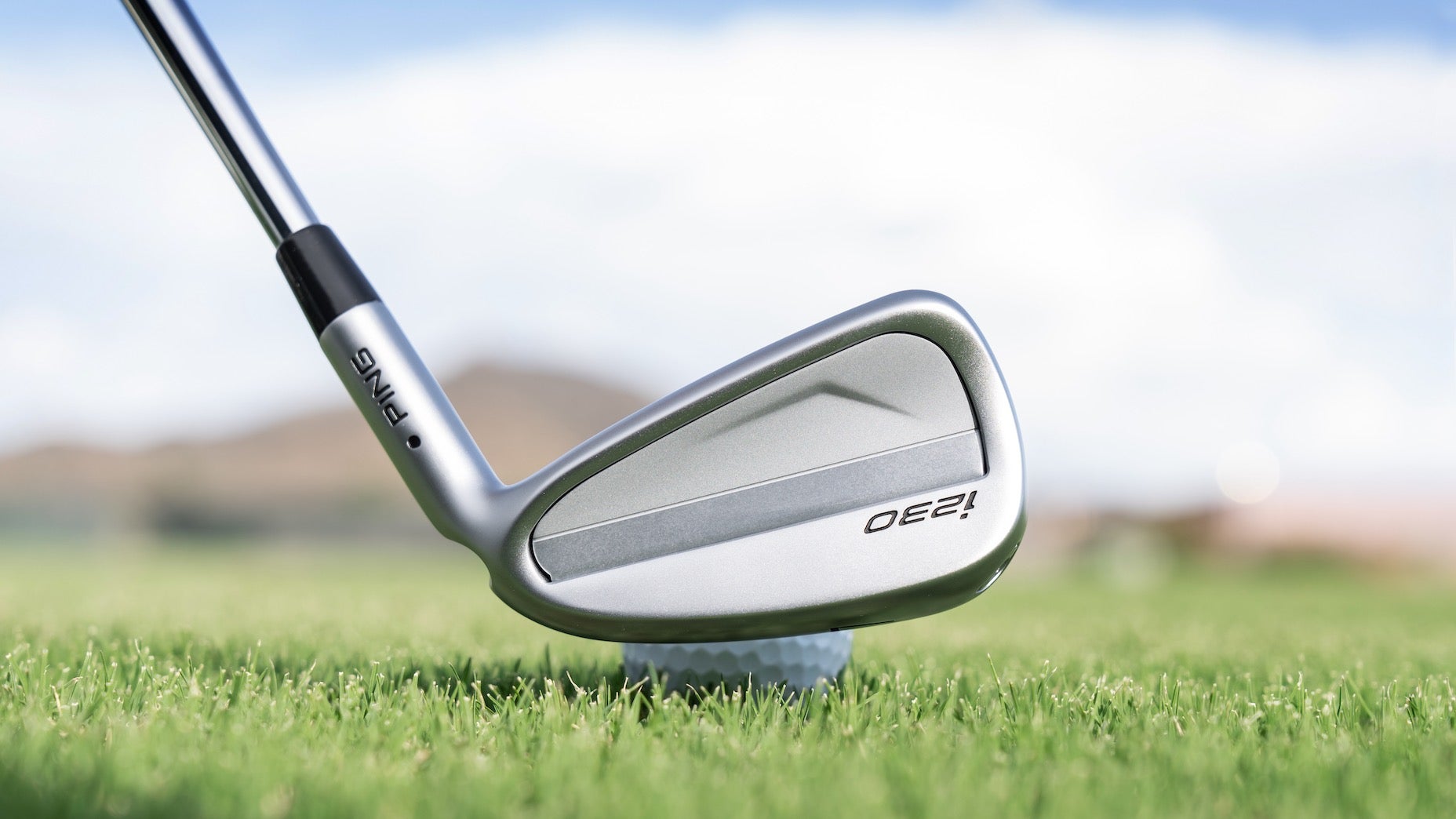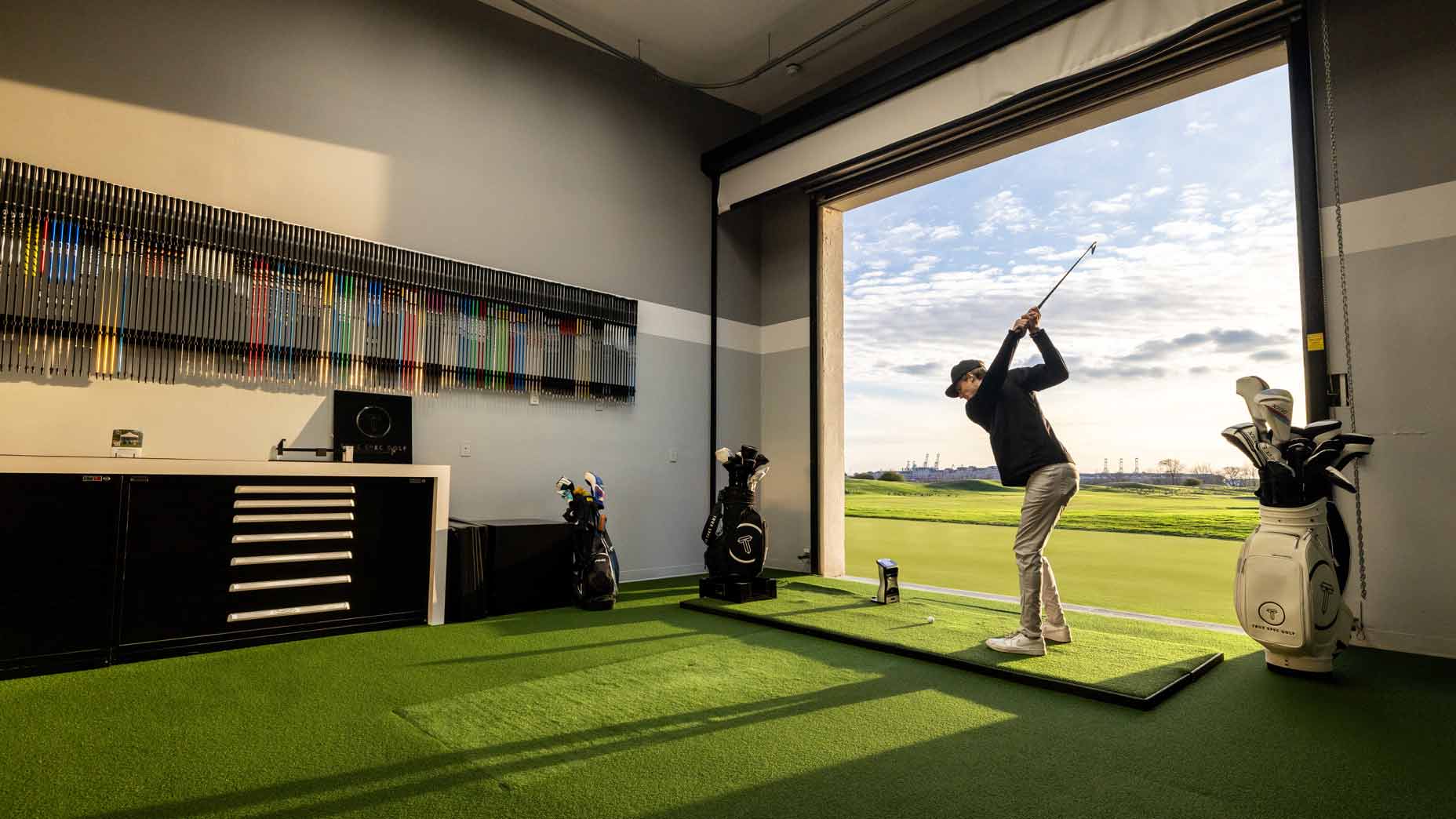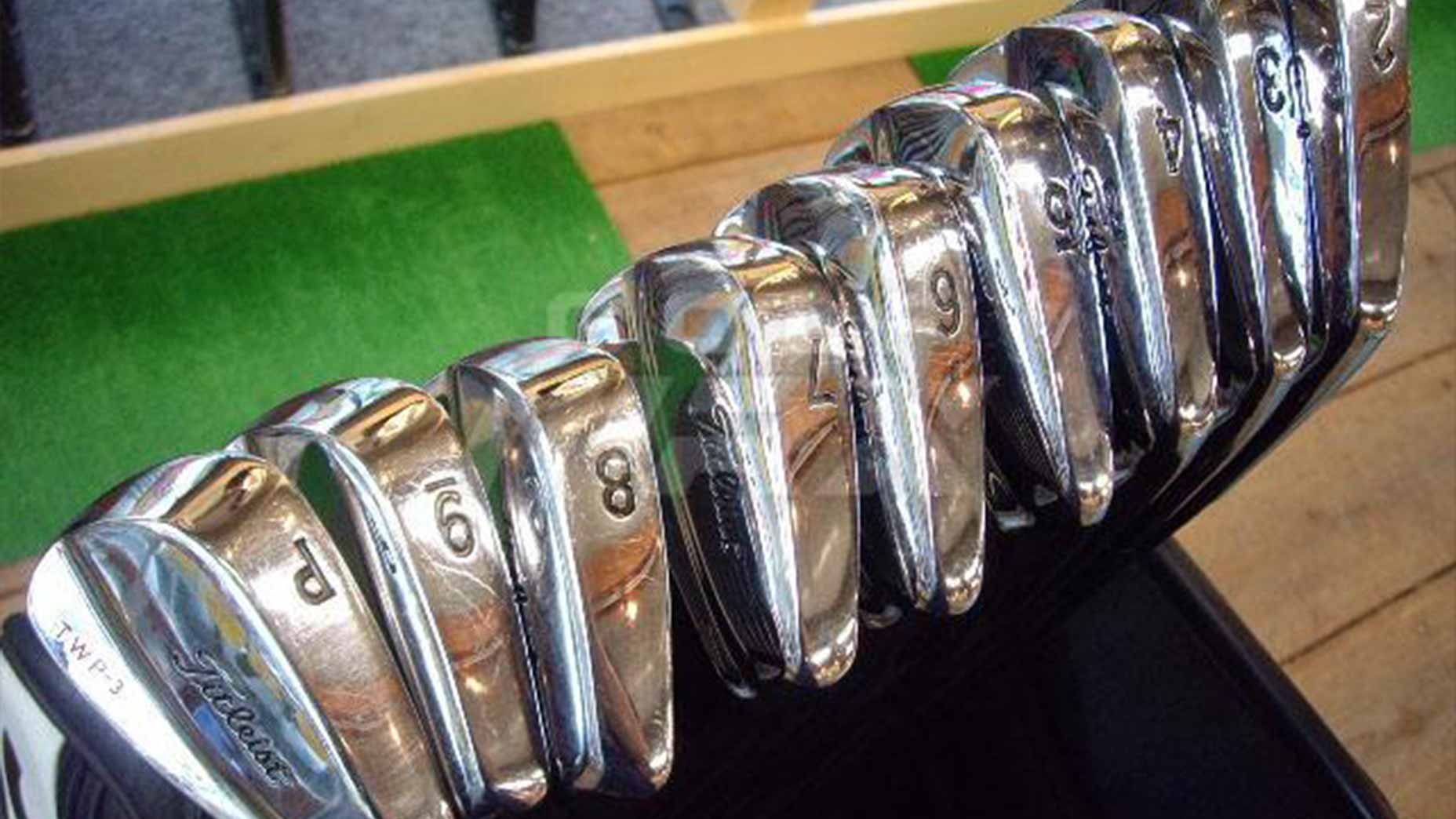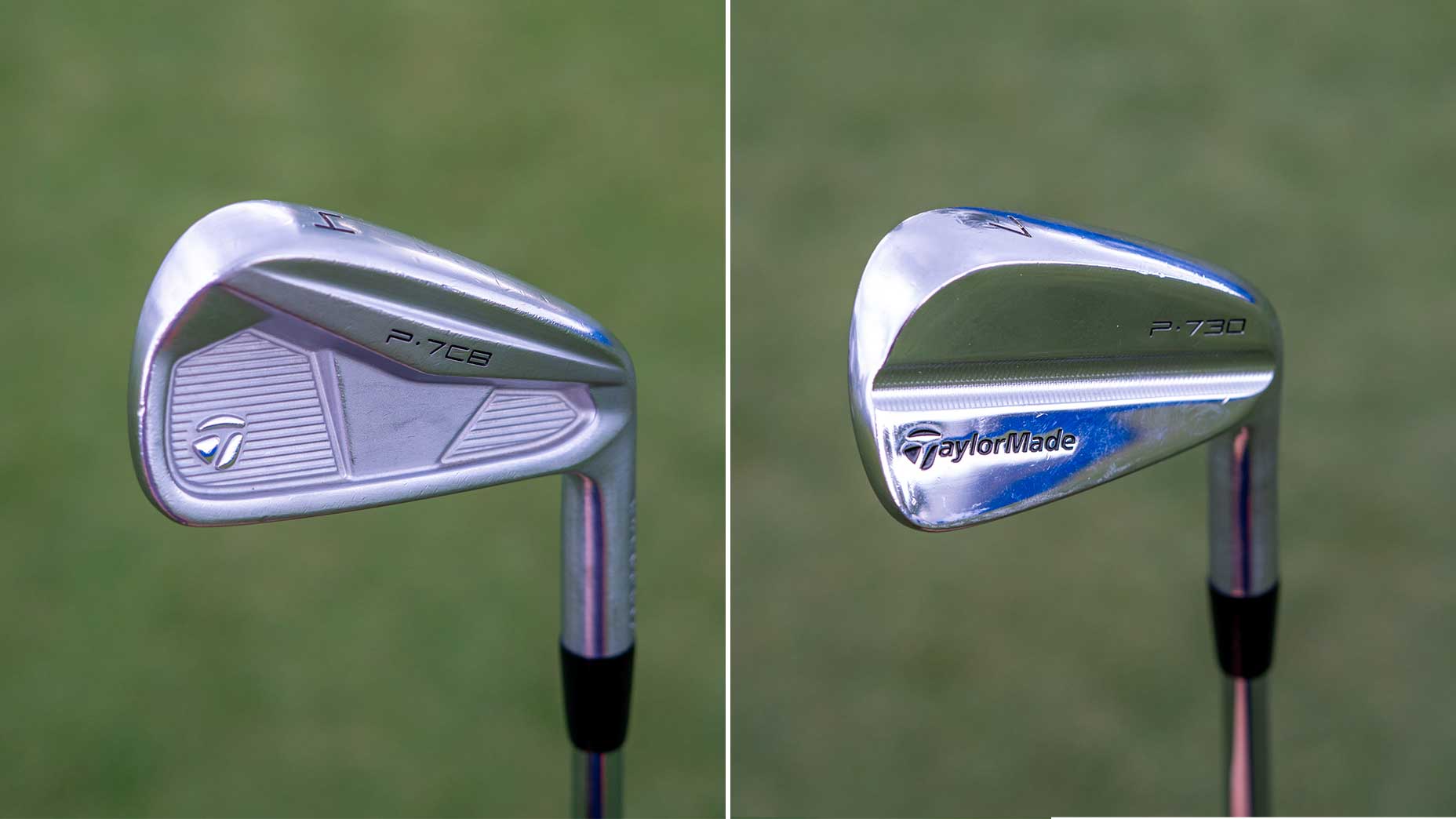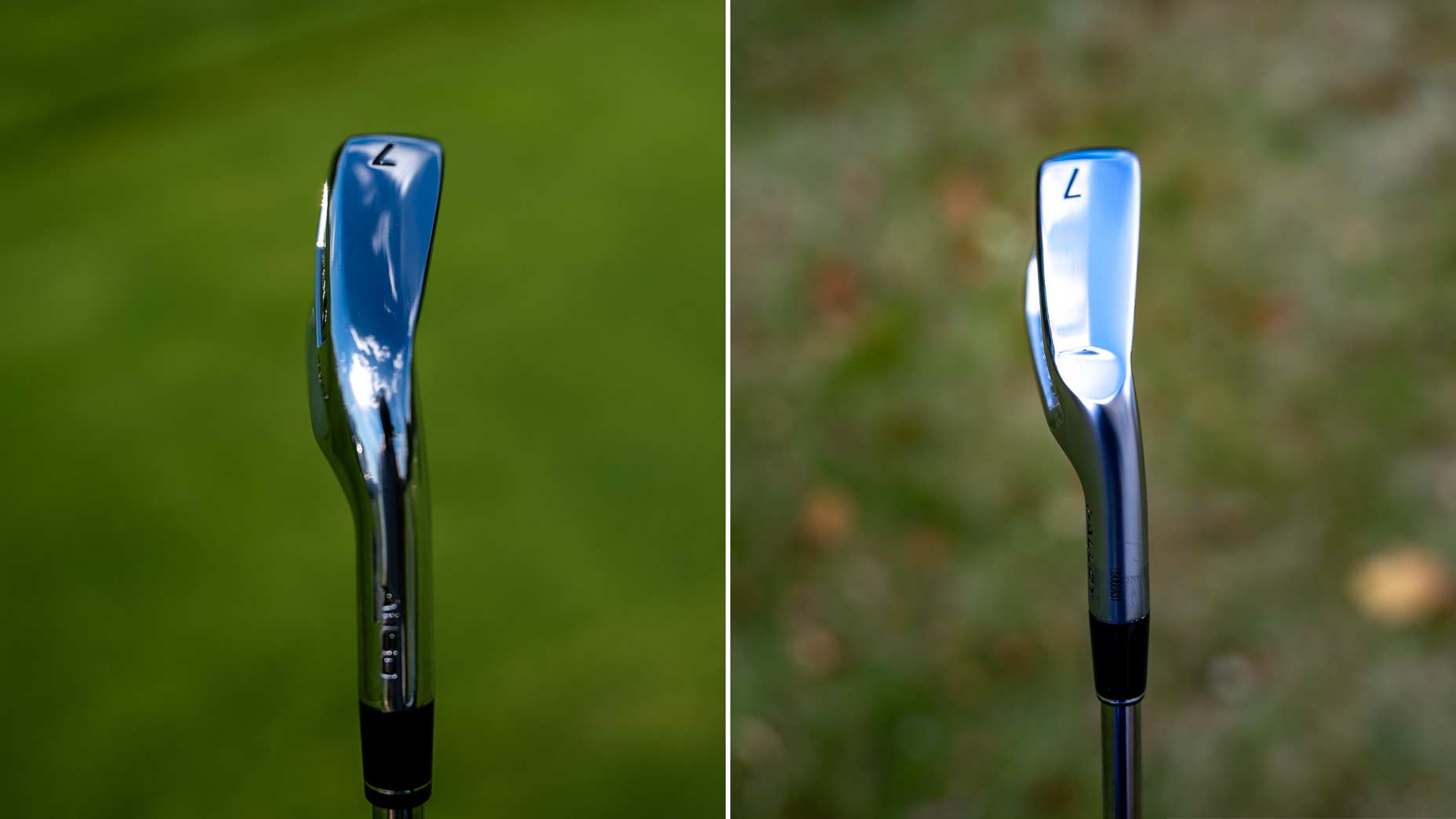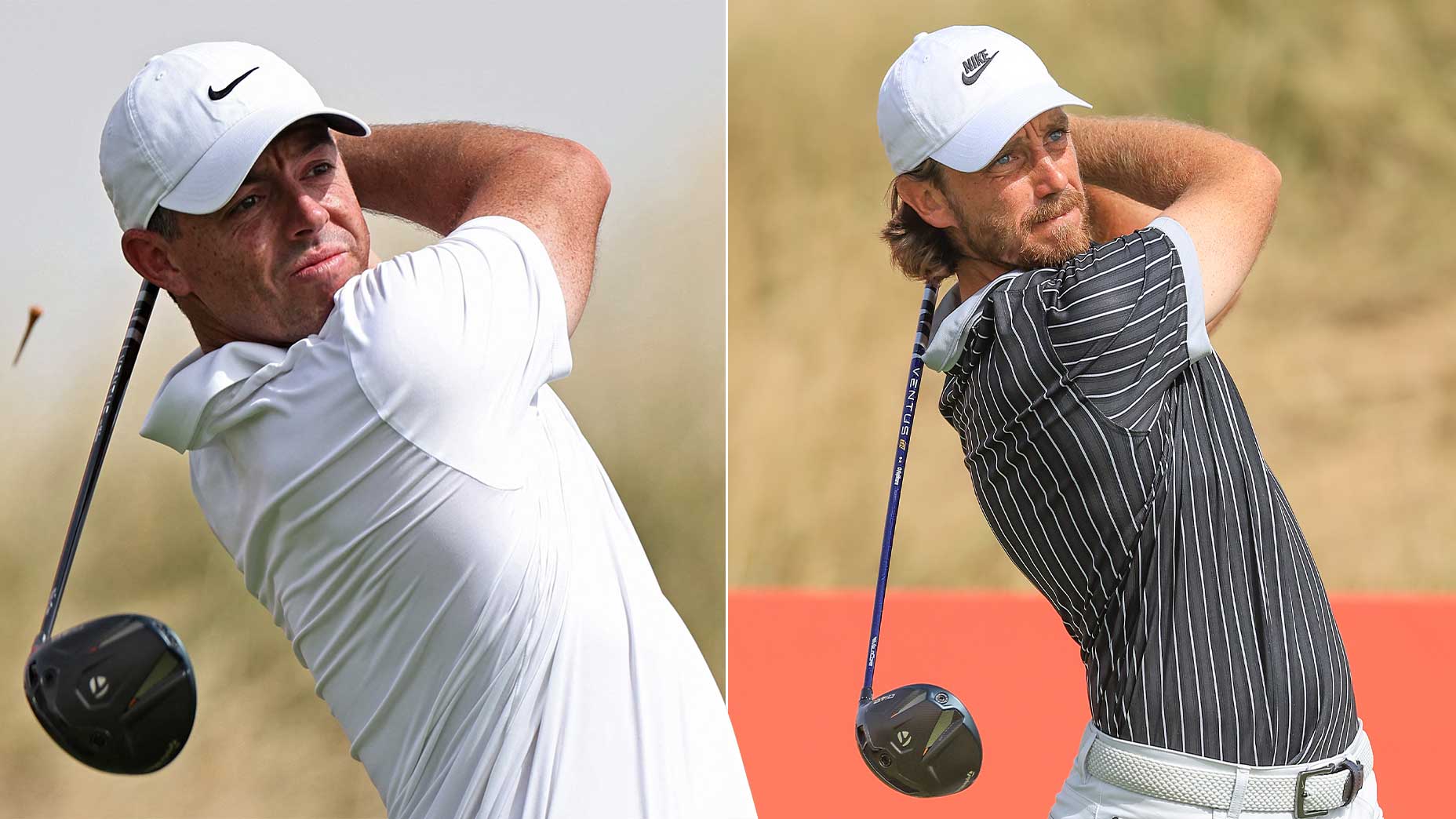With more than 70 wins worldwide, finding a suitable replacement for Ping’s most successful i-Series irons was always going to be a tall task.
The i210 was reliable, consistent and slotted in perfectly between the better-player Blueprint and game-improvement i525, allowing it to capture a wide range of handicaps. Not wanting to lose any of the traits that made i210 great, Ping spent four-plus years researching and gathering feedback on what golfers wanted to see from the next iteration.
After years of waiting, Ping believes the new i230 is ready to take up the mantle.
“From a design criteria standpoint, we focused on balancing on Tour iron presence,” said Ryan Stokke, Ping’s director of product design. “The i230 really does fit a lot of different golfers out there in the market.”
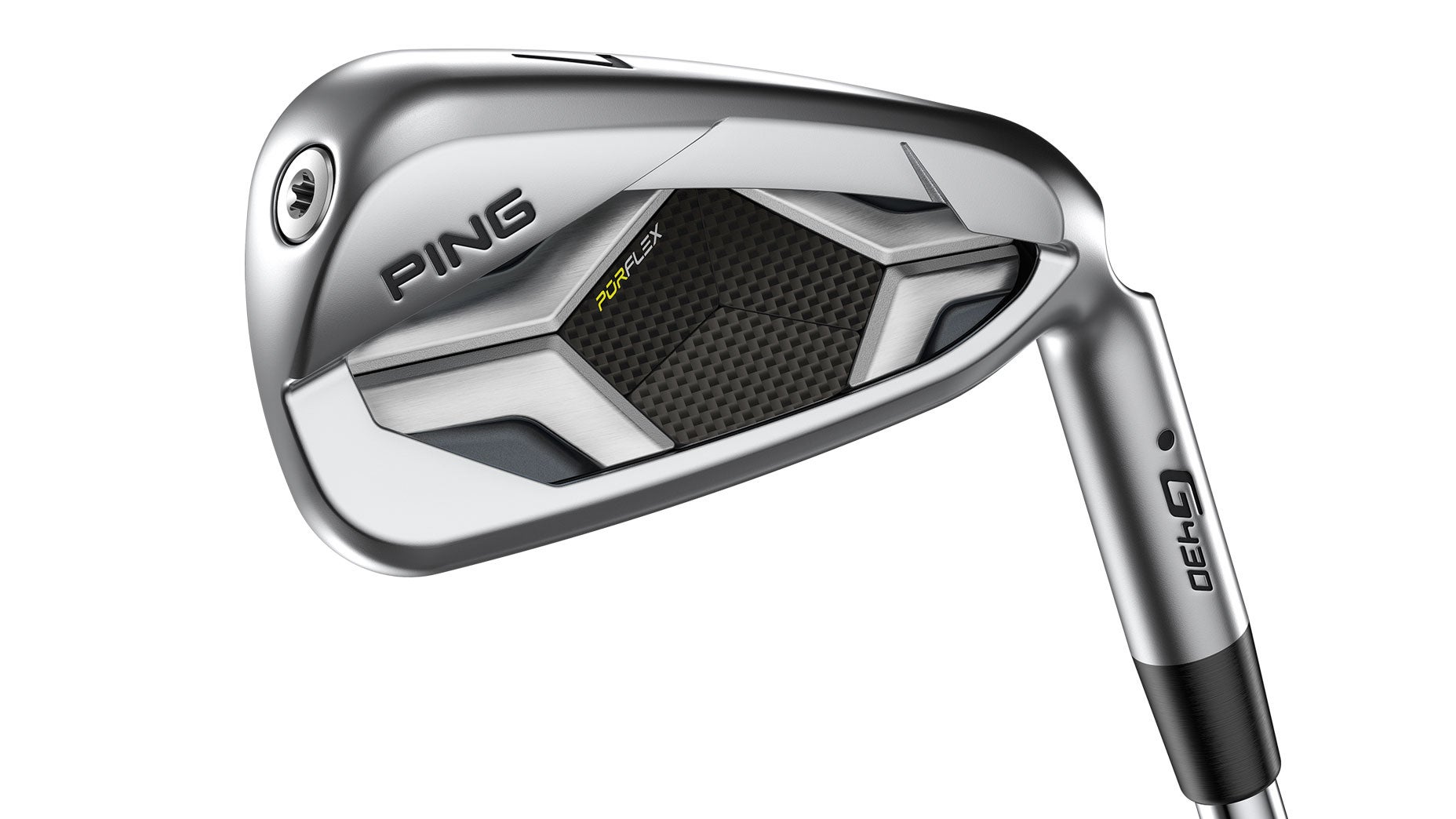
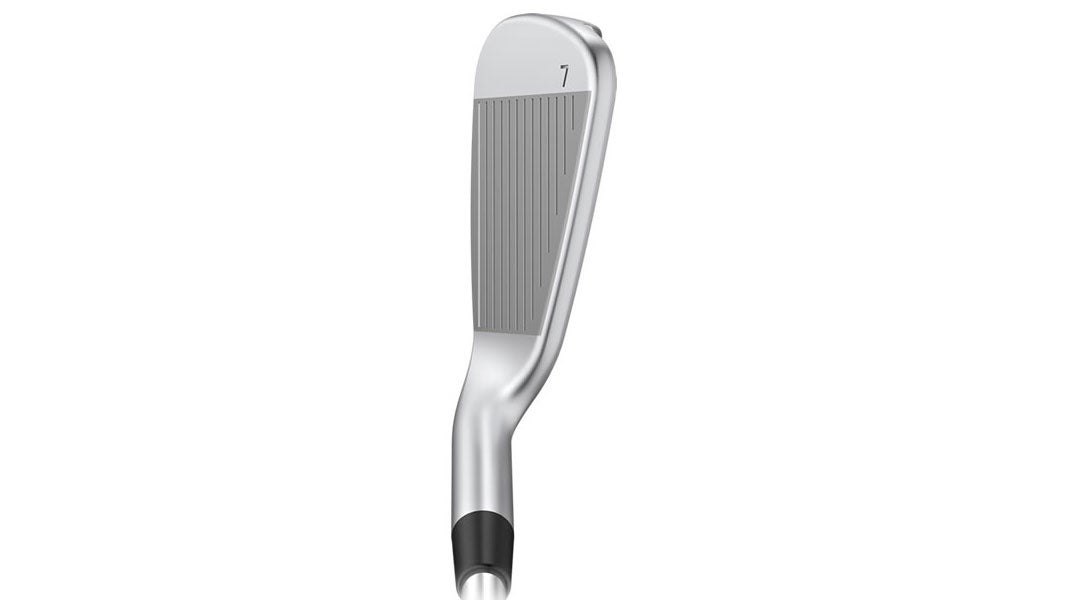
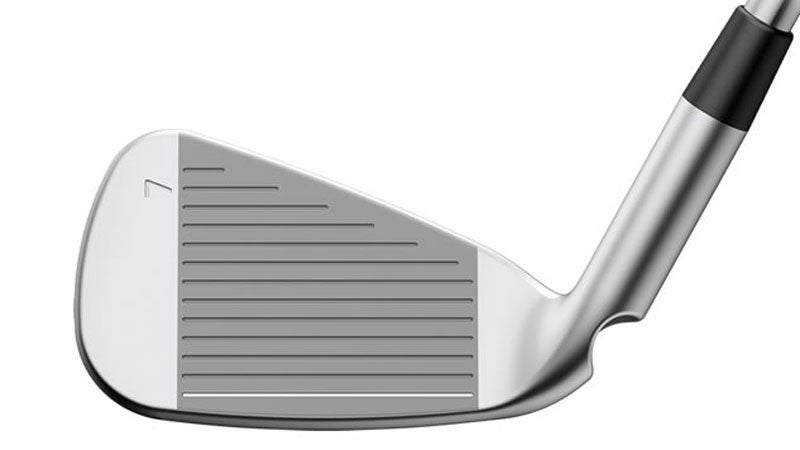


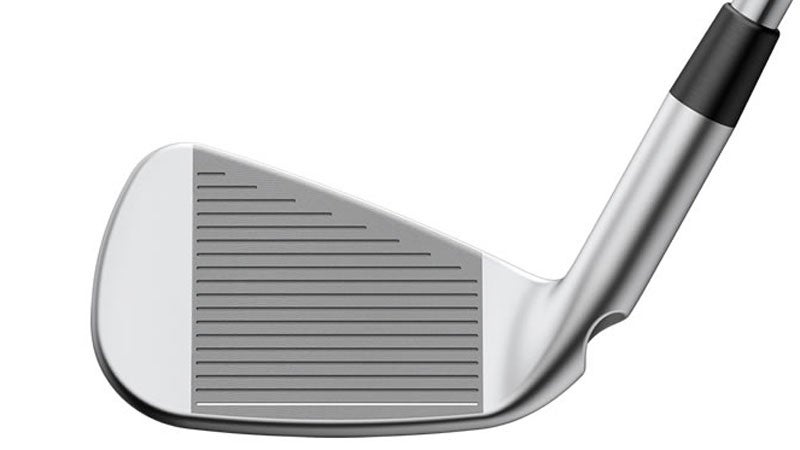
Ping G430 and i230 Irons
Through feedback from pros and weekend golfers, Ping focused on improving several areas with i230, beginning with the overall look. While the compact mid and short irons are a carryover from the i210 design, special emphasis was placed on reducing the overall footprint of the long irons (3-5) by shortening the blade length for a more compact look at address. A more rounded leading edge and additional bounce were also added to each sole to promote consistent turf interaction through impact.

Better players don’t necessarily want or need the incredible ball speeds found in an i525, but no one is going to complain about a little extra power. During head-to-head 7-iron testing between i210 and i230, the i230 produced roughly 1 mph of additional ball speed with a similar launch and slightly less spin.
The increase can be attributed to a newly activated elastomer housed inside the sole section of the 431 stainless steel body. According to Stokke, the elastomer, which is 1/8th the density of steel (3 grams versus 24 grams), allows the face to flex more than Blueprint and i59, but not as much as the distance-driven i525. It’s just the right amount of power for the better player.
“You can get distance with i230,” said Stokke. “But it’s consistent, predictable and allows the best players in the world to still hit their yardages.”
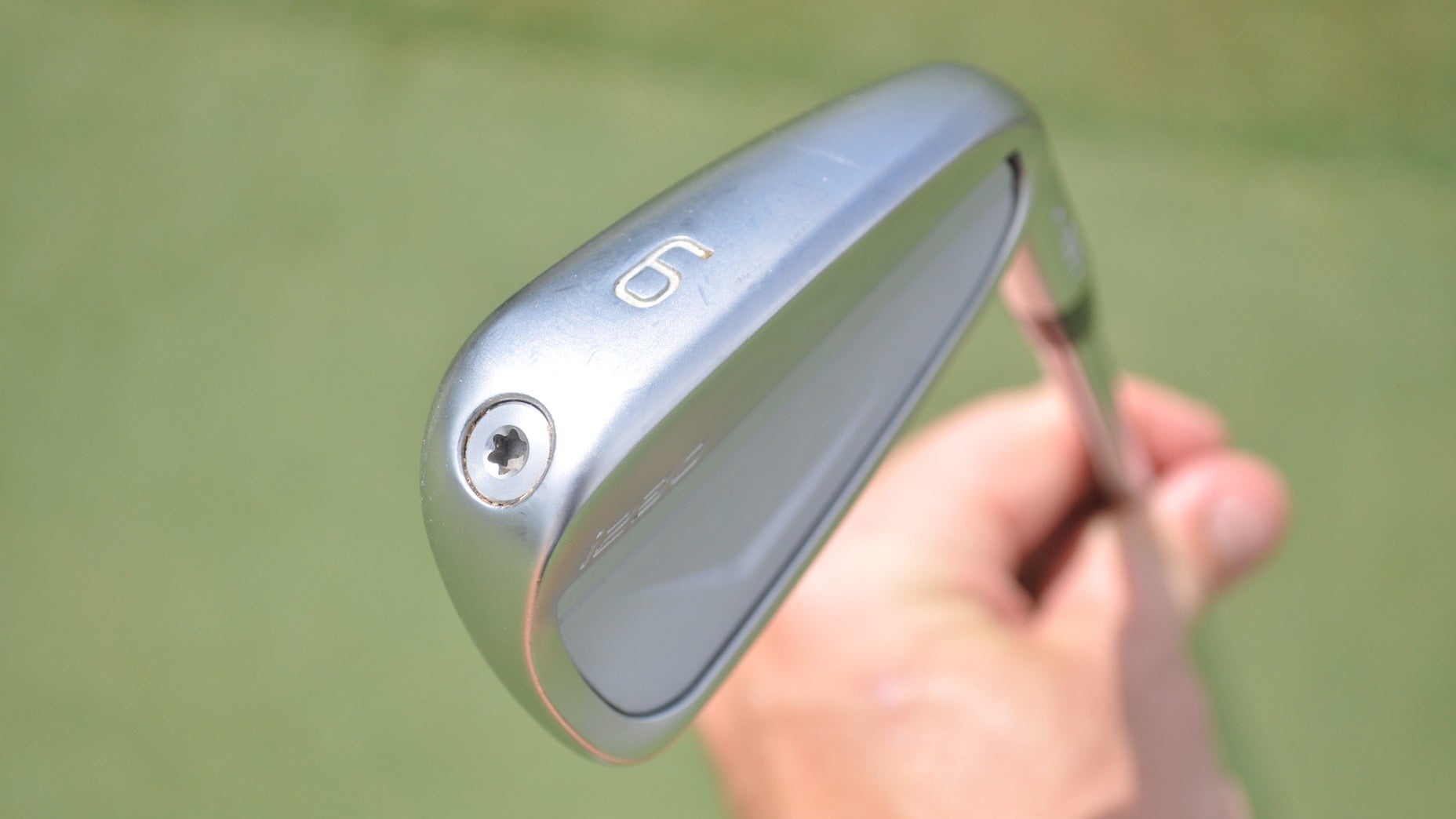
Adding a lower-density elastomer to the cavity netted a substantial amount of discretionary weight that was returned to the head in the form of tungsten toe (screw) and tip weights. Pushing more weight to the perimeter reduces unwanted twisting at impact and reduces distance loss on mishits. Weight was also placed lower in the head to push the club’s center of gravity deeper for a higher launch.
To enhance the overall feel of each iron, a four-piece multi-material back badge was added to the cavity, just above the activated elastomer. The badge consists of a formed 304 stainless steel top layer that conceals a 3M VHB (very high bond) tape piece, an injection-molded thermoplastic elastomer piece and a second VHB tape piece inside the cavity. While the badge construction is highly technical, it serves a simple purpose: to improve sound and feel at impact.
Micromax grooves, the same ones found on i525 and i59, are more compact and take up less space than a traditional Ping groove, resulting in an average of four additional grooves per club to help combat fliers in the short irons, while maintaining spin consistency in the long irons. Each head is finished in Ping’s Hydropearl 2.0 to help repel water for more predictable spin rates from the rough and soggy conditions.
Ping’s i230 (3-UW) will be available in November and retails for $203/per club (True Temper Dynamic Gold 105 steel) and $230/per club (Ping Alta CB Black graphite) with Lamkin’s Crossline Black grips.
Want to overhaul your bag for 2023? Find a fitting location near you at GOLF’s affiliate company True Spec Golf. For more on the latest gear news and information, check out our latest Fully Equipped podcast below.
